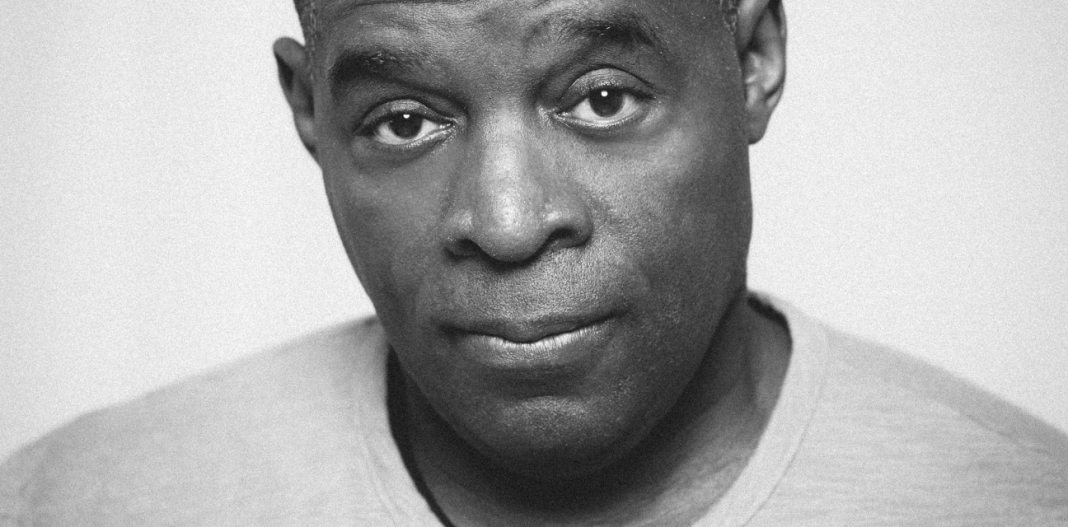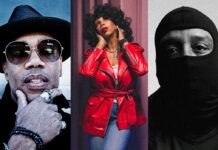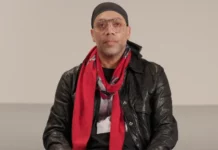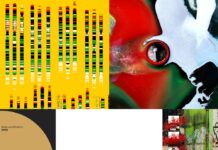Photos: Press (Kevin Saunderson)
In the early days of Detroit Techno in the 1980s, Kevin Saunderson stuck out among his peers. The forbearers of the music tended to be withdrawn, enigmatic characters. Saunderson was the most outgoing among the so-called „Belleville Three“, the primary creators of techno. Saunderson wasn’t as fixated to techno’s futurist project as Juan Atkins and Derrick May were. He merged the melancholy of the city with rather traditional yet not conventional funk, soul and house music. With “Good Life” and “Big Fun”, Saunderson transformed the emotional ambivalence of the Detroit sound into outrageous pop songs, performing as the music’s ambassador in mainstream culture.
Between 1987 and 1998, Saunderson produced an inextricable number of records. His oeuvre is scattered over countless aliases and collaborative projects. Many major techno artists produced patchy discographies and struggled particularly with the album format. His outrageous success never stopped him from investing most his energy into the music. He completed three albums with Inner City, another one with The Reese Project and Heavenly under the E-Dancer moniker. On Heavenly, Saunderson infuses a yearning, soulful quality into Techno’s dark, demanding energy. Two decades after its original release, Saunderson decided to rework this seminal album. While that might sound like a curious idea by itself – after all, has anyone ever wondered what Internal Empire or Selected Ambient Works 1985-1992 would sound like with a touch of 2017 studio magic applied to them? -, Saunderson brings forth some compelling reasons for this endeavour in a career-spanning interview with Groove’s Alexis Waltz.
Why did you decide to do Heavenly Revisited? What was missing in the original recording?
I was listening to the old album as I was preparing for a tour and I was thinking I could tweak a few things here and there. It’s really a good album, there is no doubt about that. But I thought technology has changed, things in general have changed. It would be good to just brush it up a little. At first I wanted to do a new album and I started working on new material like “Foundation”, “One Nation” and “Into the Future”. But then I thought why not incorporate the new stuff into the old stuff? There is so many generations of kids coming into music, they don’t even have a clue about the previous album. I thought it would be a way to both educate people and do something new.
What do you think of the development of the dance music scene after the original release of the album?
When I made that album, it was still the analogue world, digital was just coming in. Vinyl was obviously very strong. It is still around today but it’s not the same. How people find out about music is more widespread now. You had only a few outlets where people could actually hear the music. Now you have all these different platforms. Back then, you had people always searching for records but not really knowing where to find them. The shop would run out of vinyl really quick. I thought: times have changed. But I’m still doing it. I am a technology guy. I still feel relevant, I embrace the music and the technology. That’s what I mean when I say everything has changed.
How do you personally feel about music in the digital environment?
At first, I was more concerned. You can still make money off of the music, but that’s not the main purpose. Back then, I could release vinyl, I didn’t have to tour. With a record deal, you could spend months at home creating an album, pay your rent and then tour when you want to tour. It’s reversed now. You make music not to get money, but to get exposure to all this different avenues and eventually you are able to tour to earn some money. Now is the time where people can embrace music better then back then – that part is good. It is easy for somebody to pick up Spotify and find out about you compared to back then. You had to go to this deep underground party and still did not know what record was playing. You had no clue. I appreciate the past, I appreciate where I was in the middle of and I appreciate where I am at now. I embrace it all. I try not to compare too much. Those where great times, great memories. I am moving forward because that´s how the future goes.
Did your club appearances inspire you for the rework of Heavenly? The new versions are multilayered, there are more breaks, there is more storytelling within the tracks.
The old tracks are very raw. The digital production and stuff you can do with filters now gives you the opportunity to enhance certain areas differently. So by touring and playing new records, I got some impressions and inspirations to add certain elements that became more common.





